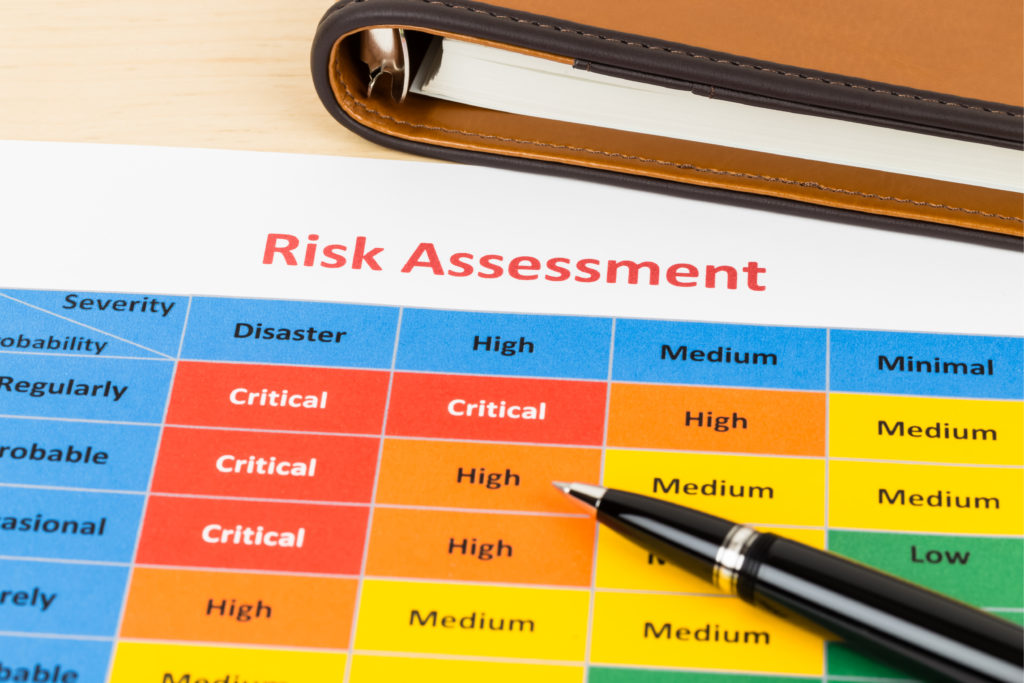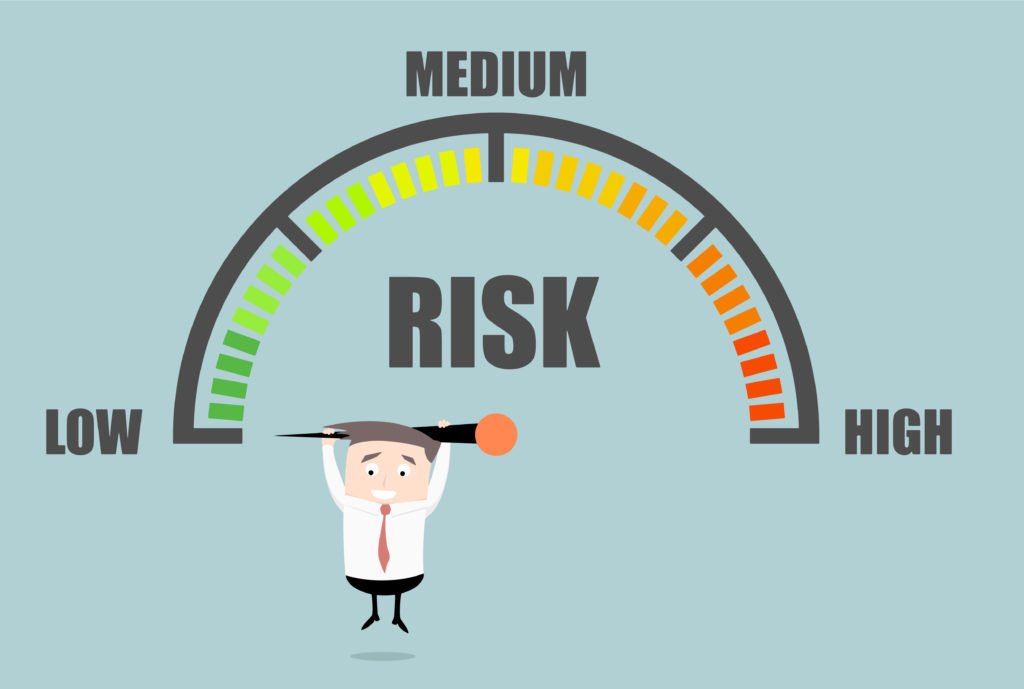In the previous blog (Part One) we discussed the backstory behind the two stylized letters CE and what it means to the design of machinery bearing the mark. We outlined some of the requirements of the “Machinery Directive” (MD) which include what are known as “Essential Health and Safety Requirements.” The Essential Health and Safety Requirements incorporate an iterative risk reduction process during design that takes into account the intended use as well as foreseeable misuse, identification of the hazards, elimination of the hazards where possible, reduction of risk, and warning of the residual risk among others.
So, let’s look a little closer look at one of the requirements covered in the Machinery Directive, the risk assessment. An iterative risk assessment and associated risk reduction process must be applied to the subject machinery per the language in the Machinery Directive. How does one go about applying an effective and complete risk assessment and reduction to meet these requirements? This is where the Harmonized Standards come in.
The Harmonized Standards are European standards that have been developed by one of the three European Standards organizations (CEN, CENELEC, ETSI) recognized by the European Union and European Free Trade Association as being responsible for developing voluntary standards for Europe. A list is published on the European Commission website www.ec.europa.eu.
EN ISO 12100:2010 Safety of Machinery – General Principles for design – Risk assessment and risk reduction is the Harmonized Standard that spells out the detail necessary to achieve the requirements of the risk assessment and reduction called for in the Machinery Directive. While the standards are considered voluntary, to adhere to them in the design process presumes compliance with the required tenants of the MD.
There are three types of standards, Type A, B, and C. Type A standards give basic principles and concepts that can be applied to all machinery. Type B standards deal with one type of safeguard or one aspect of safeguarding that can be applied to a wide range of machinery. Type C standards are machine specific standards and where standards conflict, the machine specific standard takes precedence.
EN ISO 12100:2010 is a Type A standard which will be applicable to a wide variety of machinery. The standard states:
“To implement risk assessment and risk reduction the designer shall take the following actions, in the order given (see Figure 1):
a. determine the limits of the machinery, which include the intended use and any reasonably foreseeable misuse thereof;
b. identity the hazards and associated hazardous situations;
c. evaluate the risk and take decisions about the need for risk reduction;
d. eliminate the hazard or reduce the risk association with the hazard by means of protective measures.
e. eliminate the hazard or reduce the risk associated with the hazard by means of protective measures.
Actions a) to d) are related to risk assessment and e) to risk reduction. “
The standard further states, “It is assumed that, when present on machinery, a hazard will sooner or later lead to harm if no protective measures have been implemented. “
While this seems like a mere restatement of the items covered in the MD, this standard gives a thorough process for achieving these goals. Each item is addressed in detail in the standard. When followed, the result will be a much safer machine than one designed without the rigor of a well-thought-out process. As mentioned earlier, designing the machine in accordance with the standard presumes compliance with the applicable section of the Machine Directive.
The MD also delves into guards with Annex I, Essential Health and Safety Requirements. Article 1.4 REQUIRED CHARACTERISTICS OF GUARDS AND PROTECTIVE DEVICES, Section 1.4.1 General requirements states:
“Guards and protective devices must:
-be of robust construction,
-be held securely in place,
-not give rise to any additional hazard,
-not be easy to by-pass or render non-operational,
-be located an adequate distance from the danger zone,
-cause minimum obstruction to the view of the production process, and
-enable essential work to be carried out on the installation and/or replacement of tool and for maintenance purposes by restricting access exclusively to the area where work has to be done, if possible without the guard having to be removed or the protective device being disabled.”
How does one go about determining how to locate a guard an “adequate distance” from the danger zone? What does “be of robust construction” mean to the designer? Here the Harmonized Standards come into play again. ISO 14120 Safety of machinery – Guards – General requirements for the design and construction of fixed and moveable guards is a Type B standard that fills in some of these details. ISO 14120 Section 5.5 Selection of materials covers many of the topics necessary to design a guard to be of robust construction. ISO 13857 Safety of machinery – safety distances to prevent hazard zones being reached by upper and lower limbs contains information to assist the designer in placing the guard a proper distance from the danger zone. ISO 14119 Safety of machinery – Interlocking devices associated with guards – Principles for design and selection provides information that steers the designer to the appropriate interlock for a guard that needs to be removed on a regular basis.
So, while the Machinery Directive sets the goal that must be achieved, the Harmonized Standards give the designer a road map to achieving the goal. And the ultimate goal, as stated in Part One of this blog , straight from the COUNCIL DIRECTIVE of 14 June 1989, is to protect citizens in their interaction with machinery.
Chad Jones, PE, CMSE, CFEI has a Bachelor of Science in Mechanical Engineering from Clemson University. Chad has over 20 years of engineering experience including mechanical, process, and manufacturing engineering. This work has included equipment design, machine safeguarding, cost estimating and safety compliance. Chad also has over 10 years of commercial, industrial, and residential HVAC and plumbing design experience. Chad is a Certified Fire and Explosion Investigator and IFSAC certified Firefighter II in Greenwood County, South Carolina.






